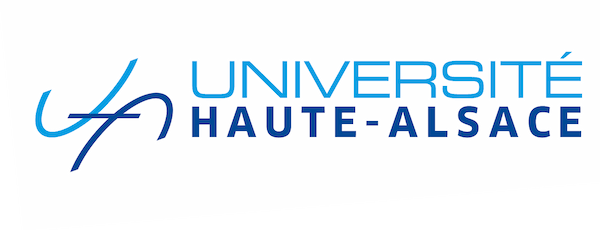Title : The Efficiency of (strict) Liability Rules revised in Risk and Ambiguity
Author(s) : Nicolas Lampach, Sandrine Spaeter
Abstract : In this paper we revise the results about the efficiency of (strict) unlimited, then limited liability in inducing optimal investment in prevention by injurers. Risk and ambiguity are considered. We assume that the potential injurer whose activities cause a risk of environmental accident can reduce the probability of accident by investing in prevention. In the risky model, we recover that limited liability does not always induce low prevention. Contrary to the arguments enhanced by Beard (1990) and Lipowski-Posey (1993), outside lending, absent from our model, does not explain this result. In the ambiguous context, we implement the Non-Extreme Outcome (NEO) expected utility model (Chateauneuf et al., 2007) to represent the injurer’s beliefs and decisions. When ambiguity matters and prevention also affects the injurer’s subjective beliefs, none of the results with risk hold. In particular, the injurer can overinvest in prevention under both unlimited and limited liability.
Key-words : Strict liability; Ambiguity; Optimal Care; Optimism; Subjective Beliefs.
JEL Classification : K0; K32; D81; D29






